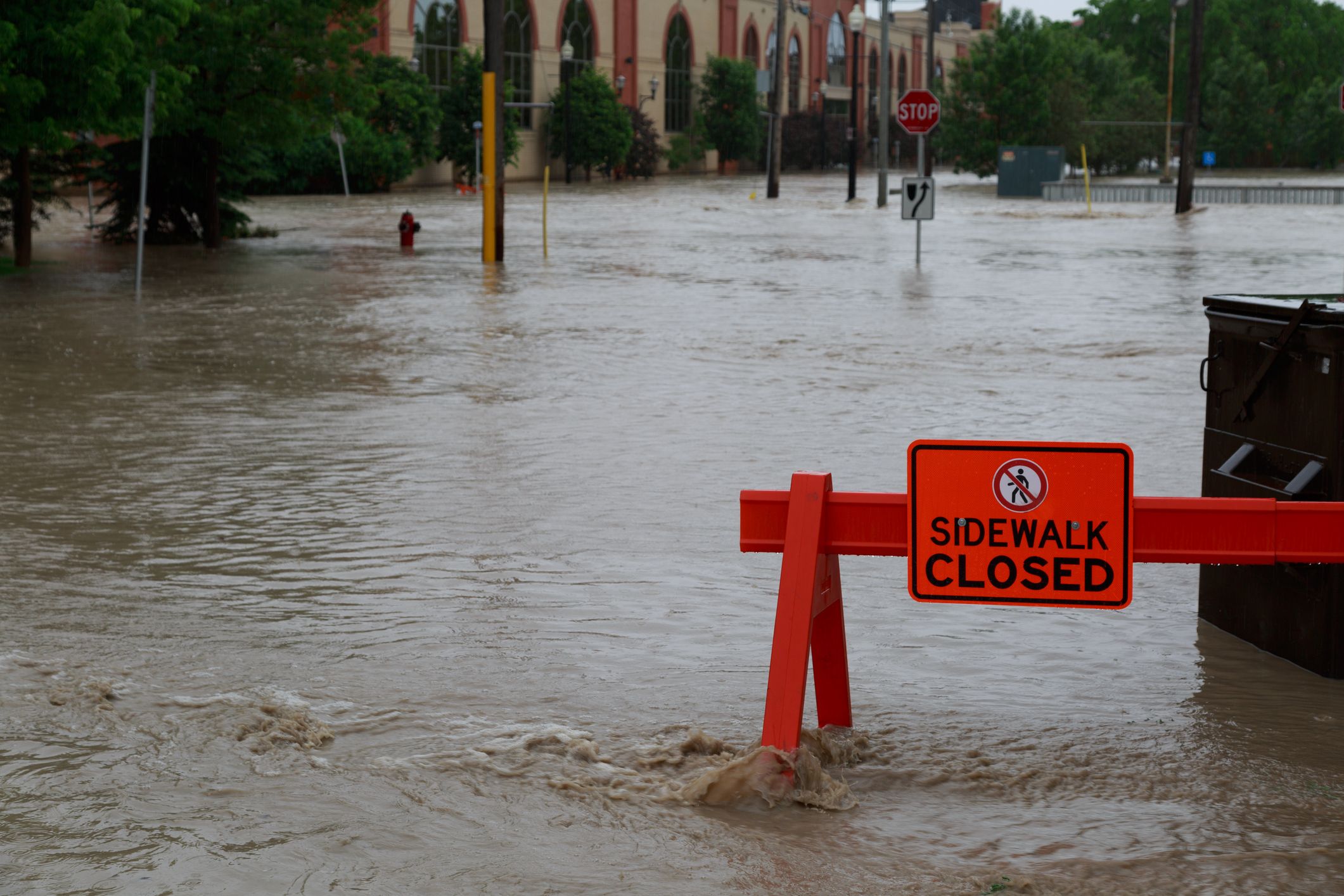In the Legislature on May 13, 2019, Premier Doug Ford highlighted the Ontario government’s commitment to increasing the province’s resilience to flooding.
“I want to assure the people of Ontario that we are taking action to better plan for and reduce the impacts of flooding,” said Premier Doug Ford. “We will start by creating an internal task force that will hear directly from people in flood zones about how we can all work together to protect their property and keep them safe.”
The internal task force will consult with municipal, Indigenous, and industry leaders to discuss how to better prepare for floods and respond to them when they happen. Engagement sessions will be held in the Muskoka region on May 17, in Pembroke on May 23, and in Ottawa on May 24.
“Our number one priority is the safety of the public and the protection of communities and private property,” said John Yakabuski, minister of natural resources and forestry. “After seeing first-hand the impacts of flooding in communities across Ontario, we are taking immediate action to help.”
“We want to help Ontarians protect what matters most to them, whether that’s their home or local business, or local infrastructure like roads and bridges,” said Steve Clark, minister of municipal affairs and housing. “Making our communities more resilient to the extreme spring flooding we’ve been experiencing across the province over the last few years is a priority.”
“Spring flooding is becoming more and more common,” said Solicitor General Sylvia Jones. “While Ontario has excellent emergency personnel and resources in place, the need to respond in multiple communities at the same time puts a significant strain on local, provincial, and federal responders, not to mention the residents, businesses, and communities affected.”
A key commitment of the Made-in-Ontario Environment Plan is to undertake a provincial impact assessment to identify where and how climate change is likely to impact Ontario’s communities. The results from this assessment will provide decision makers with the data and information needed to better plan for more frequent extreme weather events such as flooding.









